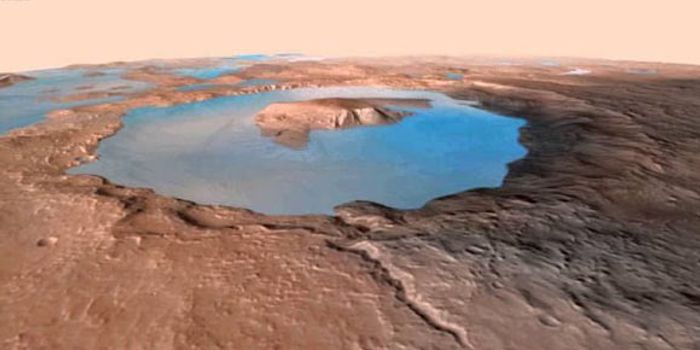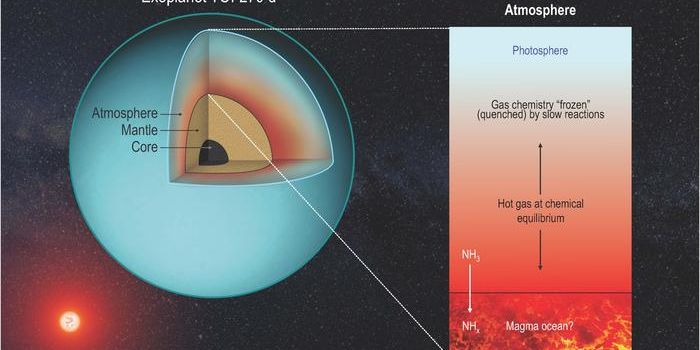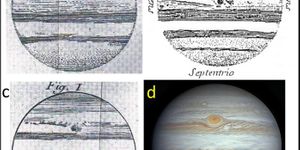New Experiment to Use Ultra-Cold Lithium Atoms for Dark Matter Detection
What is dark matter, and can we detect it? This is what a recent study published in Physical Review D hopes to address as a team of international researchers investigated a new method for detecting the walls of dark matter, also known as dark walls. This study holds the potential to help scientists better understand this mysterious substance that comprises approximately 27 percent of the universe. For the study, the researchers used a 3D-printed vacuum system designed to mimic the environment of space while using ultra-cold lithium atoms with the goal of detecting dark walls.
“The 3D printed vessels we are using as the vacuum chamber have been constructed using theoretical calculations of Dark Walls, this has created what we believed to be the ideal shape, structure and texture to trap the dark matter,” said Dr. Lucia Hackermueller, who is an Associate Professor in the School of Physics & Astronomy at the University of Nottingham and a co-author on the study. “To successfully demonstrate that dark walls have been trapped, we will let a cold atom cloud pass through those walls. The cloud is then deflected. To cool those atoms, we fire laser photons at the atoms, which reduces the energy in the atom - this is like slowing down an elephant using snowballs!”
The atoms are cooled to -273 degrees Celsius (-459 degrees Fahrenheit), which is extremely close to absolute zero (-273.15 degrees Celsius), or the temperature where the lowest energy exists in a thermodynamic system. This enables the atoms to exhibit quantum characteristics, which results in more accurate measurements. The researchers anticipate they will get their first results within a year, which comes after spending three years building the apparatus.
As noted, dark matter is one of the most mysterious substances in the universe, as scientists hypothesize it interacts with gravity as opposed to ordinary matter that comprises approximately five percent of the universe. Therefore, this study could help identify dark matter for the first time, which could lead to better understanding the formation and evolution of the universe, overall.
What new discoveries will researchers make about dark matter in the coming years and decades? Only time will tell, and this is why we science!
As always, keep doing science & keep looking up!
Sources: Physical Review D, Science Daily, University of Nottingham, Wikipedia
Featured Image Credit: NASA, ESA, M. J. Jee and H. Ford et al. (Johns Hopkins Univ.








